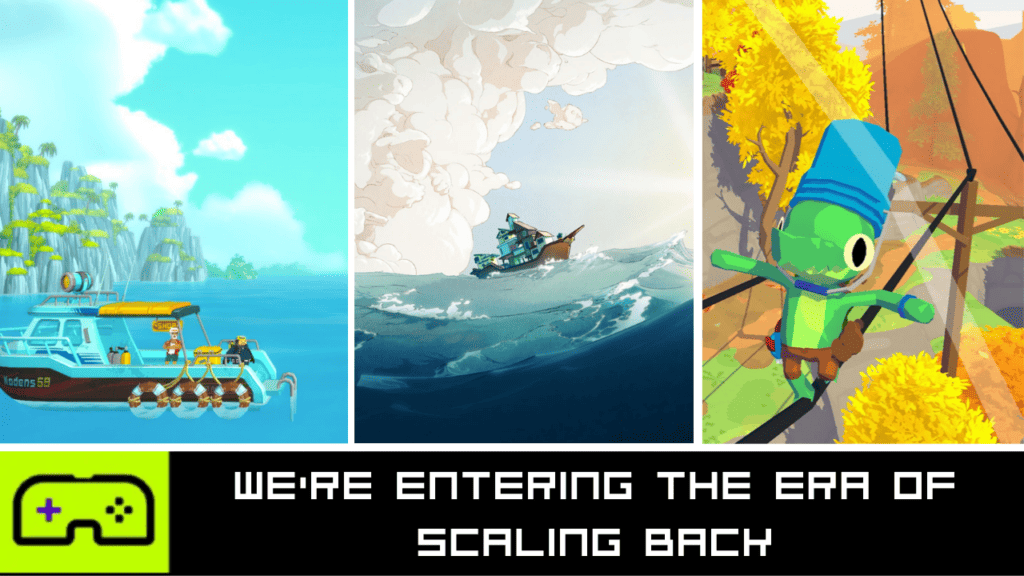Alright, I might be a little late to this party, but Starfield was pretty awful, right?
I’ve been a fan of Bethesda games ever since my first foray into Morrowind many moons ago, but there’s just no denying that Starfield was a prime example of developers being so entrenched in the idea of asking if they could do something that they forgot to ask themselves if they should.
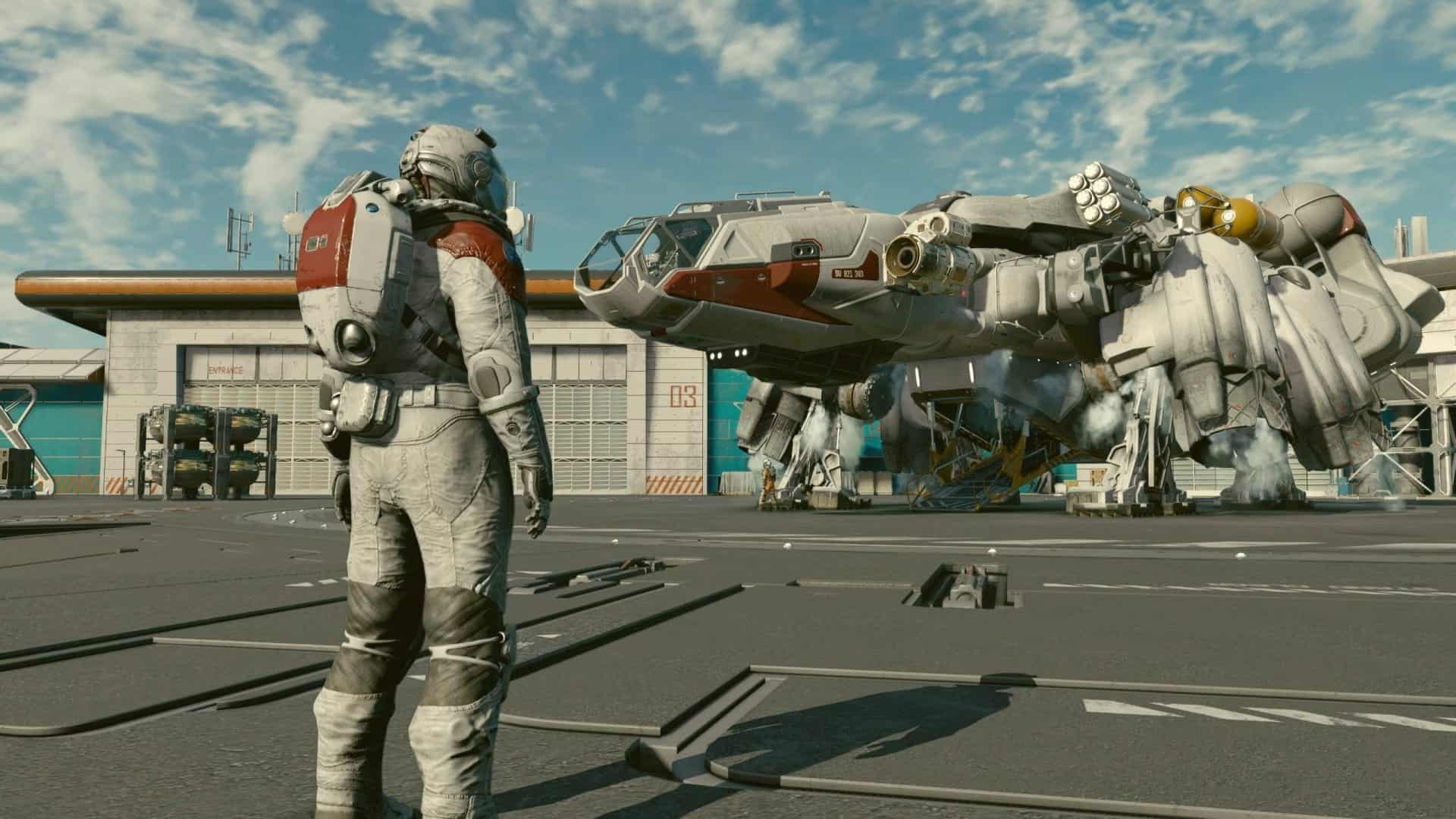
And this is something I want to talk about today, because I think it’s a question that many AAA developers haven’t had to ask themselves for a long time now. And we may be approaching the Era of Scaling Back within gaming.
The late 2000s and the vast majority of the 2010s were a period where, pretty much without exclusion, bigger was always better. And not to give them all the focus, but we have Bethesda to blame for that too.
Skyrim was the catalyst. A game that essentially taught all corporate bigwigs that, if you offered an open world with endless things to do, and map markers in abundance, you’d essentially be printing money, and for the longest time, this was exactly what happened.
This was because we were entering a new era of gaming where the technological advances were so drastic that even the most poorly realized and sparse open world still felt impressive. You could probably count on one hand the open-world games from this era that failed.

However, over a decade on, we as a collective have become wise to the lazy and formulaic tricks that have netted AAA companies so much cash in the past, and we are rushing to the doctor to get something to treat our open-world fatigue.
Well, as is often the case, the indie gaming scene is ahead of the curve and understands what the gaming masses want. You guys don’t want to say goodbye to open worlds forever. You don’t want to bid farewell to the feeling of endless possibilities and player agency.
You just want some structure, some boundaries, and not to be stood paralysed in place because a random NPC just handed you your 9th side-quest in as many minutes.
It may not feel like it yet, as the AAA companies are still trying in vain to create new live-service hits, but we are in the era of scaling back.
The Big Mistakes
Before we discuss where Indie Games have succeded in offering concentrated games with an open-ended feel, we need to talk about the AAA industry repeatedly dropping the ball, forcing indie developers hands.
Ultimately, the big guys in gaming have really dented the reputation of open-world games over the last few years through one thing. Streamlining.
Creating an open-world game isn’t so much about building a world from the ground up anymore. It used to be a process where writers and artists would build a rich tapestry of lore, create interesting landmarks to densely pack into the world, and then, from there, the seed would blossom into a beautiful and engrossing landscape.
However, as companies tend to do when they smell blood. They have cleverly managed expectations of gamers to expect less until the game is patched after release and they have created systems that allow them to create large-scale worlds quicker than ever through formulaic practices.
So, now we get a lukewarm Assassin’s Creed game every year, and Sony exclusives that hide behind competent writing, but aren’t much better.
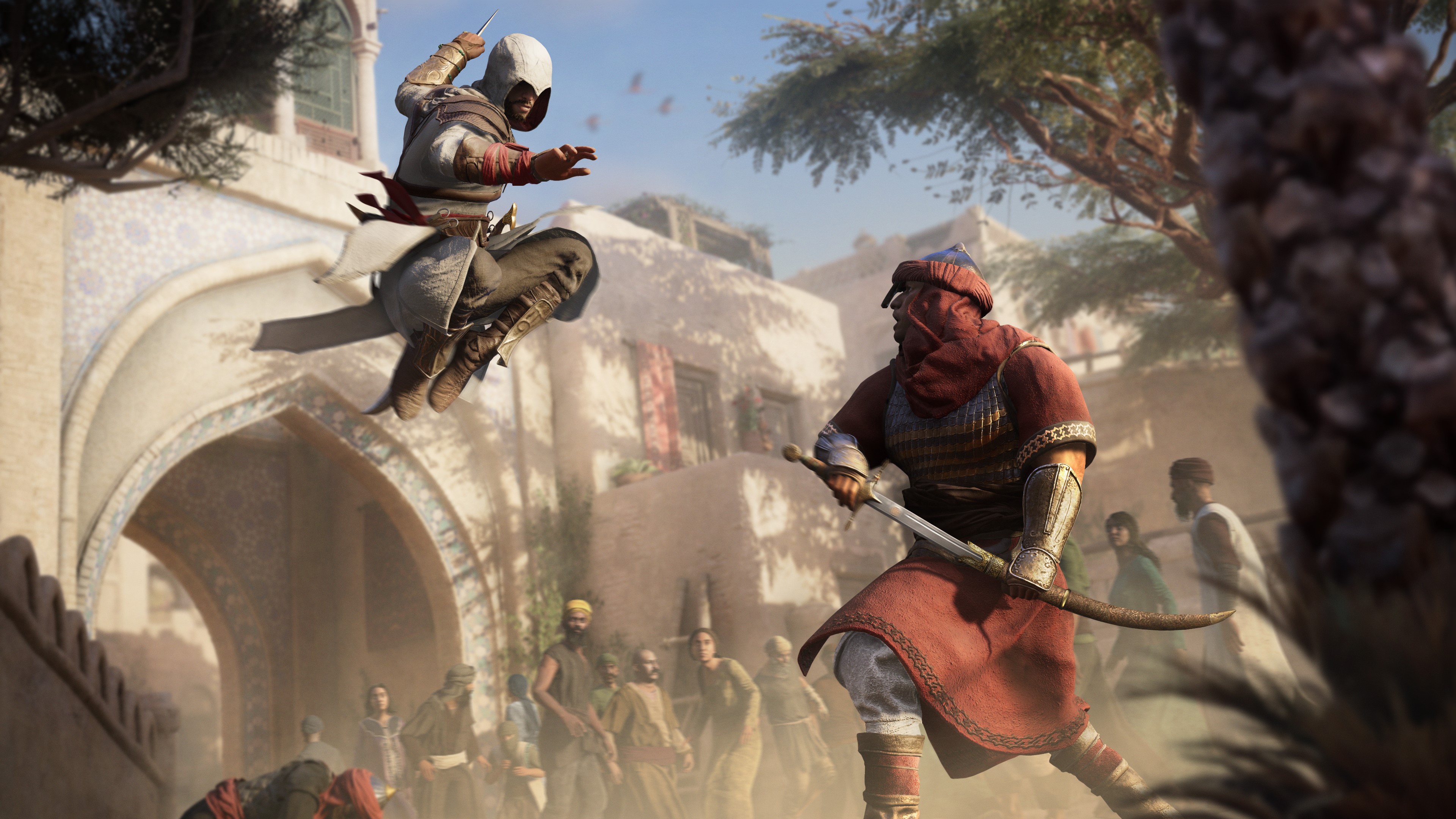
We’ve been sold every lazy angle in the book. Like Assassin Creed Mirage ‘going back to its roots.’ Which essentially meant a safe, basic, and underwhelming annual release for the franchise. We have been sold worlds with infinite planets where procedural generation is king, which Starfield and No Man’s Sky both showed isn’t all it’s cracked up to be.
Then, of course, we’ve seen developers promise the world, and come up laughably short. Cyberpunk 2077’s launch is still probably the best example of that.
In short, big games have been getting bigger, but not because they want to add value, or because they feel it’s making their world more impressive. But more or less because they are looking over their shoulder at competitors and wondering if their new open world has a few square miles more land mass.
Thankfully though, the indie gaming scene hasn’t been sucked into this black void of creativity, and in fact, a lot of indie games have been doing the opposite, aiming to provide concentrated versions of what the AAA scene has been trying in vain to accomplish.
The Little Wins
This is something that started pretty small, with developers way back in the days of the AAA open-world boom attempting to offer that innate sense of freedom these games provide, but on a budget.
Instead of the hyper-intensive focus on crafting and building bases like we have seen pushed hard in games like Fallout 4, for example, we had games like Spiritfarer, where players were given a much-boiled-down version where they could stack buildings on top of one another.
The actual building and crafting are simple and lack the depth of many AAA games, and yet if you head over to the Spiritfarer subreddit today, you’ll still find new players sharing their final boat layout.
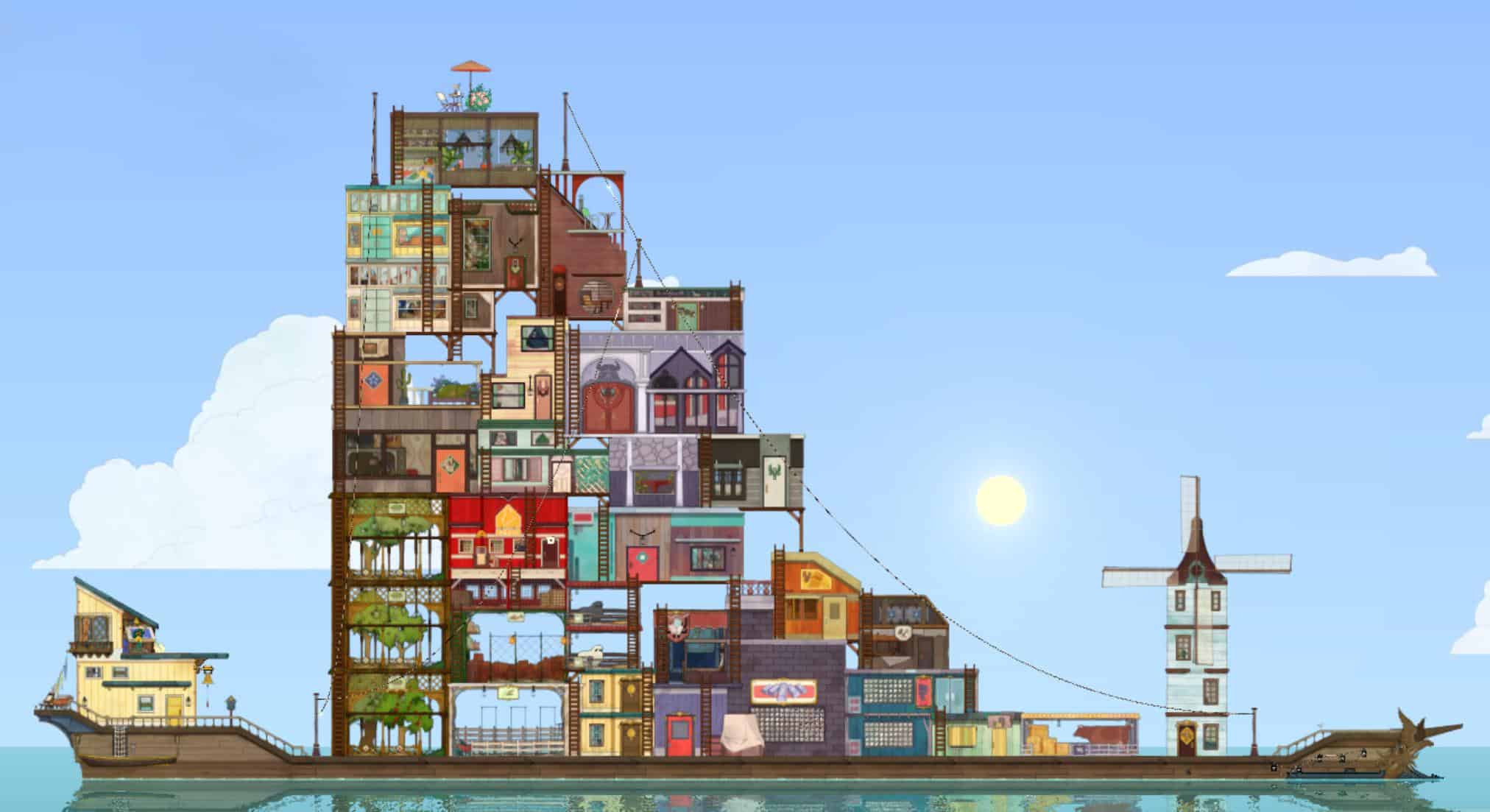
As for the abundance of options and map-markers, Indie games began stripping these back altogether to ensure players felt guided when needed, but ultimately trusted to find their own way and choose their own path.
Hollow Knight is a great example of this, as it leads the player through the initial stages of the game with environmental clues and subtle nods, and the only traditional map markers you’ll find, are those leading to the three Dreamers spread across the map. And believe me when I say, those map markers will not necessarily dictate the route to the finish you take.
And then, as for the choice paralysis that I feel every time I try to replay The Witcher 3, an Indie game that tackles this beautifully is A Short Hike. It is a game where there are side activities to take on and an open world to explore, but you have one clear goal, and that is to simply reach the top of the island and get cell phone reception.
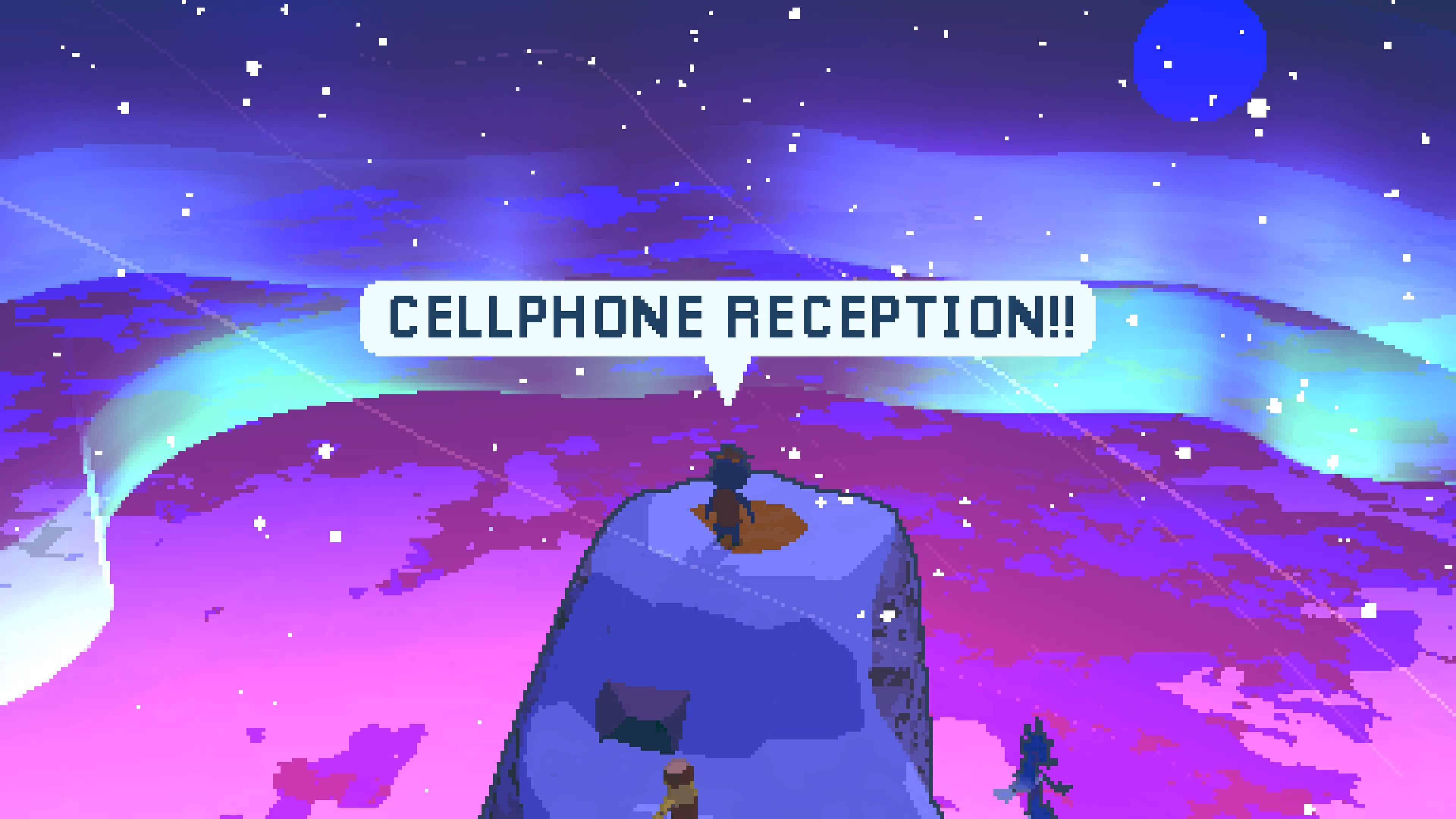
All these games are undoubtedly smaller projects than the AAA games we have mentioned already, with smaller budgets, and fewer employees with less experience working with open-world formats.
Yet, you would argue that all three of these games do a better job at delivering an open-ended and immersive experience than, say, Avatar: Frontiers of Pandora, or Forspoken.
It’s this ability to hyper-focus on aspects of games that the developers know will be adored by fans, and accept that less is more in other areas of the game that makes these games so excellent.
And after a decade now of extreme open-world bloat where almost every major game is trying to be a little bit of everything, I think there is a change coming.
Looking Into My Crystal Ball
So, what does this change look like? Well, if I look into my crystal ball, I think it’s going to come down to three main factors when games are in development.
Pocket Open Worlds
Firstly, we are going to see a lot of smaller open-world games and even some more structured pseudo-open-worlds with more clear boundaries. It’s become clear to me that gamers of this era crave structure from their open worlds.

They want clear objectives, densely packed and interesting areas rather than loads of sparse and lifeless towns and cities, and they want things to get side-tracked with that feel natural and contextual, rather than a map marker indicating a collectible is nearby.
We have seen Pocket Open Worlds like A Short Hike, Lil Gator Game, Outer Wilds, and more showcase that big isn’t always better, and most of the time, letting players off the leash and trusting them to find their way on their own leads to a richer and more rewarding experience.
Sandbox Construction
Secondly, I see a future where many more games start giving players cool systems and assets to play around with but ultimately leave how the players use these assets up to them. This would essentially eliminate rigid crafting and replace it with a sandbox approach to construction.

It is ironically something that is best shown by a AAA game in the form of Tears of the Kingdom, as this open world relies on the strong foundation of Breath of the Wild and then enriches the experience through mind-blowing construction, allowing players to build rockets, mechs, hovercrafts and more.
But even this can be shown through recent indie projects, as the new survival hit Pacific Drive flips the script on standard crafting, and asks the player to scrap, rebuild, repurpose, and customize their station wagon as they see fit, and due to the break and rebuild nature of that game, there is a never-ending sandbox feel that doesn’t just feel like min-maxing within other survival games.
Smaller Teams, Bigger Ideas
Then, thirdly, as the bubble inches closer to bursting when it comes to live-service games and mega-budget games that can’t recoup their staggering investments despite astronomical sales figures.

It feels inevitable that major publishers and studios will begin to send out breakout teams and acquire smaller studios with the intention of creating games with an ‘Indie Feel’ but with the budget of a huge AAA studio to take this to the Nth degree.
We have already seen this sort of thing courtesy of Nexon, with two big-budget indie projects like Lies of P and Dave the Diver. Not to mention EA and Bethesda with games like It Takes Two, and Hi-fi Rush, respectively.
Times They Are A-Changin’
It’s rare that I come to the end of a rant like this and come away with a positive feeling, but in this case, I do feel optimistic.
Yes, sure, this is only happening because we, as consumers, have finally had enough, combined with the fact that major studios aren’t seeing the profit margins they once were. But no matter how we get there, I think this scaled-back approach, where we get more polished, concentrated games without bloat, is exactly what the industry needs right now.
And this opportunity to hyper-focus on new ideas in a vacuum without needing to throw in all the usual staples we have come to expect from games of an era come by can only be a good thing.
Sure, there will be exceptions to the rule as we stare down the barrel of a GTAVI release in the near future, which seems too big to fail, and maybe that will be the peak of where open-world games can go.
However, I think now is the time to scale back and focus on finding the next big thing. Sometimes, you have to take a step back to move forward.
As always, thanks for reading Indie Game Culture.
- Best Beginner Hades 2 Keepsakes - May 13, 2024
- 15 Beginner Tips For Hades 2 Newbies - May 9, 2024
- What’s New In Hades 2? - May 8, 2024

